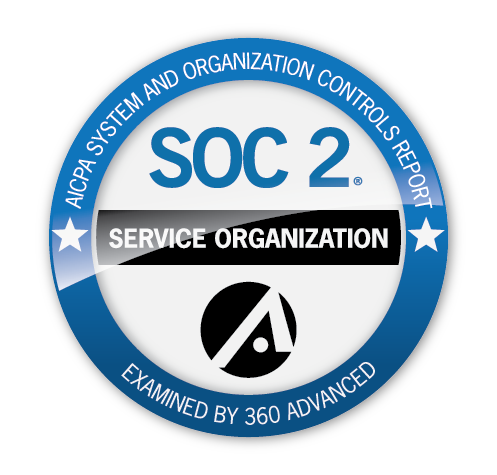Managing producer compliance and credentialing is inherently complicated—that’s why we’re working to make it easier. In this blog series, a team of Vertafore regulatory experts explore topics in compliance and the impact on insurers. Learn more about ways carriers can benefit from more efficient roster management in their independent distribution channels.
Roster management can be overlooked, creating more problems
The issue of bad roster management practices can compound quickly for carriers, but it frequently begins with their agency partners. Many independent agencies lack an effective system to track which agents are appointed to what carrier and thus are unable to notify carriers of departing agents in a timely process. Agents come and go all the time, but if a carrier isn’t promptly informed then it can ultimately cost the insurer thousands.
In the selling agreement between carriers and agencies, there’s generally a clause that says the agency will notify the carrier when an agent has left the organization or when a new representative joins. These are the pinch points that become the worst for agencies to manage amid ordinary turnover.
The impacts on carriers and agencies
Understandably, agencies feel the most pressure to update their rosters, but it’s time consuming and most often a manual effort. Worse, it can negatively impact their relationships with carriers when they fail to do so. There’s also the likelihood of delays and missed opportunities whenever carriers attempt to engage agents who have left an agency, with both sides potentially losing business as a result.
For carriers, the absence of routine roster updates from agencies requires extra effort to make sure their own records are up to date. Similar to agencies, for carriers this verification process is also a slow and manual activity. Even carriers who diligently take on this task must still wait on responses from their agency partners—as a result, their agency rosters are perceived as perpetually being imminently out of date.
More important, though, are the expenses associated with maintaining appointments that are no longer needed. When carriers multiply the number of per-agent appointments they maintain by writing company and by each state, it can quickly exceed thousands of dollars per agent. Some carriers spend tens of millions of dollars (or more) each year just for renewing appointments—many of which are no longer needed—so any waste in those budgets is critical to identify.
Among carriers that don’t practice just-in-time appointment processing or termination for lack of production, there’s an enormous economic incentive for them to know when an agent has left. From a compliance perspective, if carriers are doing business with these agents, they should know who they are and maintain their data—and when they stop doing business with them, to remove their appointments.
Read also: What carriers should know about just-in-time appointments
A comprehensive solution for better roster management
With the advantages of automation, Sircon Producer Central helps carriers and agencies manage the challenges of roster management for thousands of producers across all jurisdictions. Through a connected network model, Vertafore makes it simpler for agencies to quickly and easily select agents who have left and then update carrier records in real time.
Along with onboarding and self-service tools, Sircon’s Connected Network shares information between carriers, agencies, and individual producers can empower stronger, more cost-effective distribution management. By eliminating wasted expenses on unnecessary appointments—and the time spent on recordkeeping and updates—carriers can better target their strategic goals and write more business.

John Paddock
VP Customer Experience
John has been engaged in the insurance industry since 1998 and has held several operational leadership roles over that time. He started working with the Vertafore team around the same time when the company was known then as Innovative IT Solutions, then Sircon and now Vertafore. Read more.


